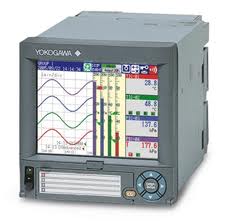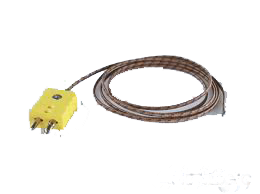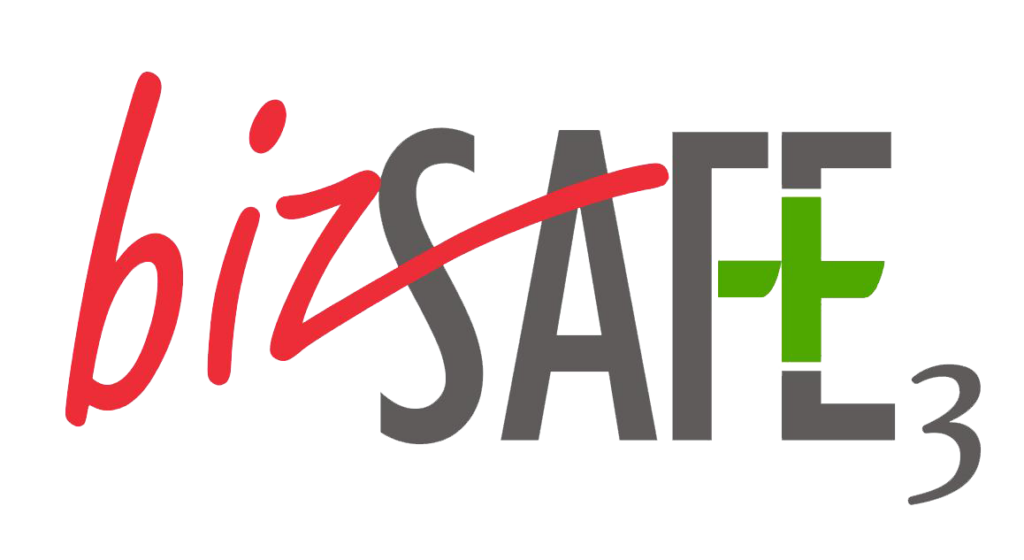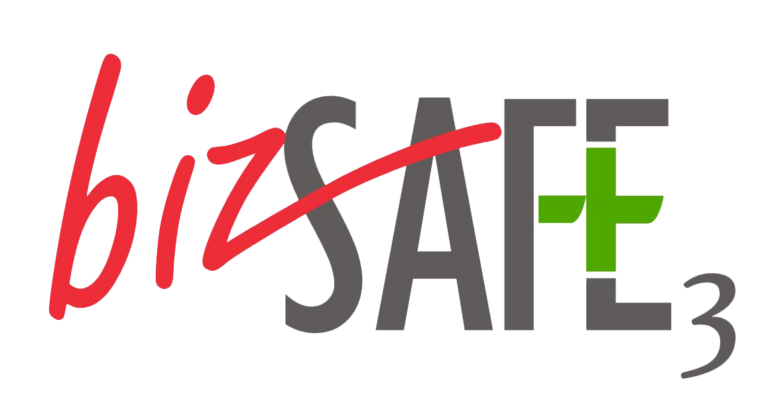Description
Heater Regulator SCR/SSR
Solid State Relay-
A solid state relay (SSR) is a digital switch for AC current. With a small DC voltage, it can switch high AC currents. When using SSRs to switch high currents (for heating elements), they do require a heat sink.
Compared to mechanical relays, SSRs have a few benefits:
- They switch on an AC zero crossing, resulting in much smaller inrush currents
- They do not have a limited number of switching cycles, so they are suitable for switching often (as done with PWM).
- They are silent.
Click here for Spec Manual Celduc SSR (35A) 600VAC SSR

Silicon Controller Rectifier (SCR) –
A solid state switching device designed to provide fast, infinitely variable proportional control of electric power. The SCR gives maximum control of your heat process, and it can extend heater life many times over other control methods. Thanks to its solid-state construction, a properly used SCR can cycle on and off more than a billion times.
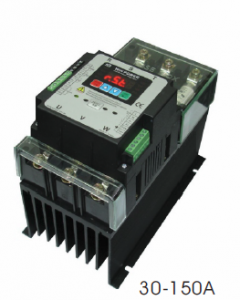
Click here for Spec. three phase scr power controller
Advantages of SCR Controls over other temperature control methods
- Improved response time
- Closer process control, infinite resolution from 0-100%
- Extended heater life
- High reliability, reduced maintenance costs
- Silent operation, no arcing
- Reduced peak power consumption
SCR design means that no routine maintenance is required. SCRs offer a level of control that is unattainable with other devices.
The standard phase angle firing control offers 0.08 second response times on 60Hz power lines. Heater life can be extended dramatically compared to mechanical contactors or solid state relays. Power to heaters is infinitely variable. Options such as Soft Start, Current Limit and Voltage Limit afford a high level of control over heater operation.
The SCR control can deliver electrical power to heaters in several ways: phase angle fired, zero voltage switched and on/off control.
Phase Angle Fired
These controls proportionally turn on a percentage of each power line half cycle. This gives smooth, infinitely variable application of power to the heaters. Imagine a light dimmer and the way that it provides power to a light bulb. This method will provide the most precise control of heaters. Phase angle fired SCRs will respond most quickly to load change and provide maximum heater life. It is the most precise method of control. Phase angle firing can increase heater life times depending on heater type and application. This method also allows options such as soft start, voltage limit and current limit, options unavailable with any other means of control.
Zero Voltage Switched
Zero voltage switched controls turn on and off proportionally each full cycle of the power line cycle. By varying the number of AC power line cycles, the SCR provides power to the heaters. With a variable time base, the optimal number of cycles turned on/off is achieved. The switching is done at fractions of a second during the zero voltage crossing of the power line cycles. For IR heating with a fast response times such as shortwave and carbon, you will see the heaters flickering, especially at lower output levels. On a standard medium wave infrared heater that has a slower response time you can control within very tight tolerances.
Zero voltage switching controls proportionally turn on and off each full cycle of the power line. By varying the number of AC power line cycles, the SCR provides power to the heaters. With a variable time base, the optimum number of cycles turned on/off is achieved. This method produces less RFI line noise than phase angle fired SCRs. Power factor is 100%, while harmonic distortion is limited.


